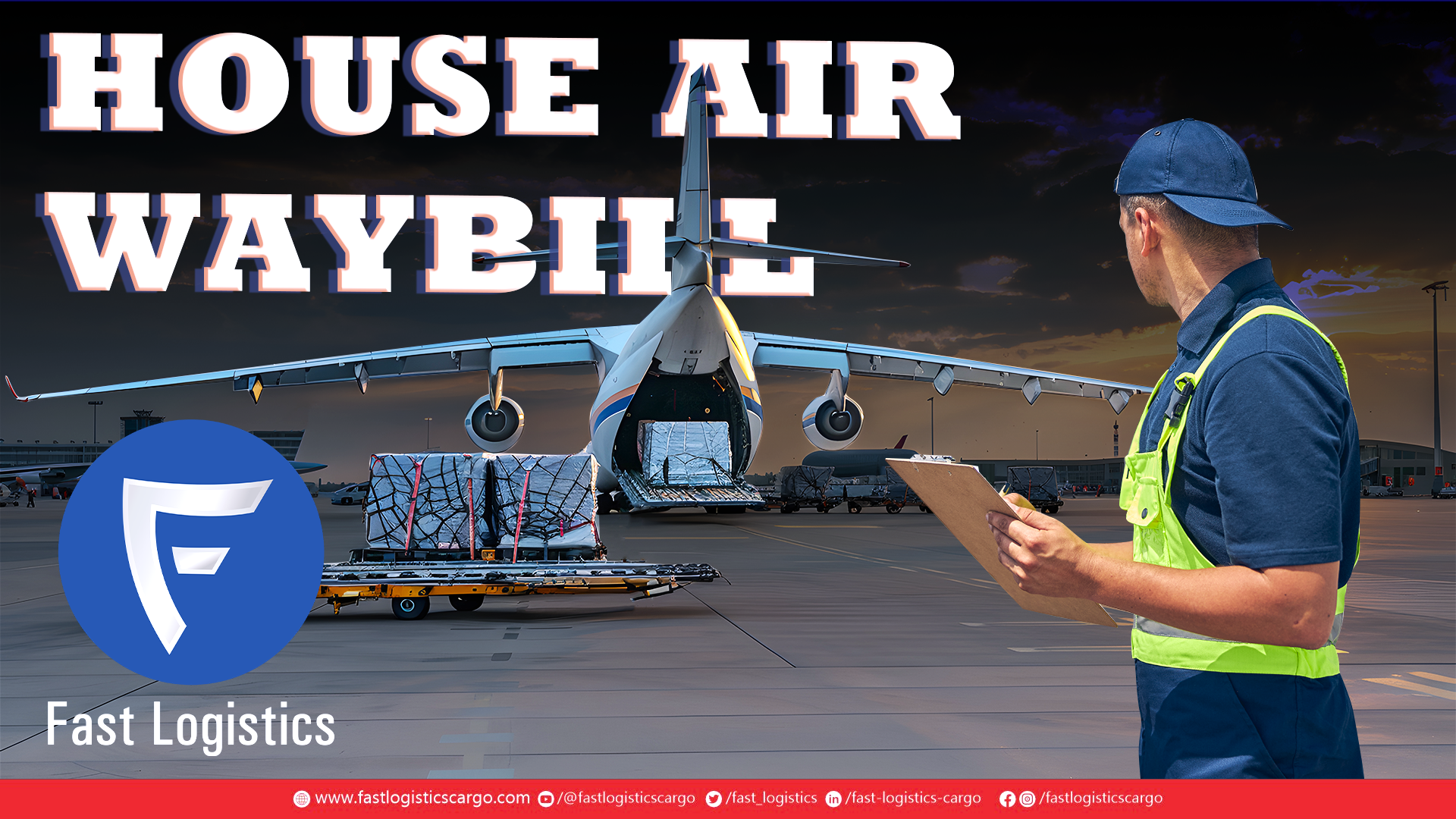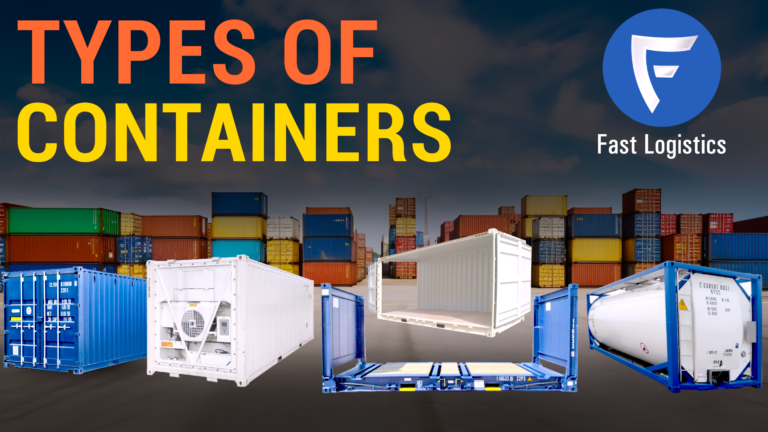House Air Waybill
In the dynamic world of air freight, smooth cargo movement depends not only on transportation but also on precise documentation. The key document is the House Air Waybill (HAWB) an essential component in the international shipping process, especially when freight is consolidated.
Whether you’re a logistics professional, a freight forwarder, or a shipper looking to expand your understanding. In this blog breaks down what the HAWB is, how it works, and why it plays such a critical role in air cargo logistics.
What is a House Air Waybill (HAWB)?
The House Air Waybill (HAWB) is a document issued by a freight forwarder to the shipper (exporter) when cargo is consolidated and shipped via air. It provides a receipt of goods, outlines the terms and conditions of the shipment, and contains all key information regarding the individual cargo being moved.
While the Master Air Waybill (MAWB) is issued by the airline to the freight forwarder, the HAWB is issued by the forwarder to the actual customer. This way, the HAWB acts as a contract between the forwarder and the shipper, not the airline.
Key Contents of a HAWB
- Shipper’s and consignee’s name and address
- Description of the goods
- Weight and dimensions
- Shipment value (for customs and insurance)
- Airport of departure and arrival
- Date of shipment
- Freight charges and payment terms
- Any special handling instructions
How Does the HAWB Work?
In air cargo logistics, when multiple shipments are consolidated into a single larger shipment, each shipper gets a HAWB for their individual cargo. These are grouped together under a Master Air Waybill (MAWB) issued by the airline to the freight forwarder.
- Shipper gives goods to freight forwarder
- Forwarder issues a HAWB to the shipper
- Forwarder consolidates shipments and gets a MAWB from the airline
- MAWB covers all consolidated cargo, while each HAWB details individual shipments
Why is the HAWB Important?
- Proof of receipt: Confirms that goods were received by the forwarder in good condition.
- Customs documentation: Used for clearance at both the origin and destination.
- Shipment tracking: Enables monitoring and updates throughout the supply chain.
- Contract of carriage: Outlines responsibilities and liabilities between shipper and forwarder.
- Dispute resolution: Serves as legal evidence if issues arise during shipping.
When Is a HAWB Used?
A HAWB is typically used in consolidated shipments, where several smaller shipments are bundled together to reduce cost and increase efficiency. It is also commonly used when:
- The forwarder is managing multiple customers’ shipments on one air waybill
- Each shipper requires separate tracking and customs documentation
- Shipments are being handled under different terms or destinations
Can a Shipment Have Only a HAWB?
Yes—but only in cases where the freight forwarder charters the entire aircraft or has a direct booking. In most standard freight movements, a HAWB is always paired with a MAWB for customs and airline tracking purposes.
The House Air Waybill (HAWB) may not fly the aircraft, but it certainly helps cargo take off smoothly. It simplifies tracking, ensures legal clarity, and acts as a vital link between the shipper and freight forwarder. In today’s global trade environment, understanding the function of a HAWB can help businesses streamline operations, reduce risks, and build trust in their supply chains.
FAQ-
Yes, a HAWB is a legal contract of carriage between the freight forwarder and the shipper.
It is issued by the freight forwarder to the shipper.
Yes, most forwarders offer tracking services using the HAWB number.
Not always. It’s typically used in consolidated shipments. Direct shipments may only have a MAWB.
No. A HAWB is used in conjunction with a MAWB in consolidated shipments.










